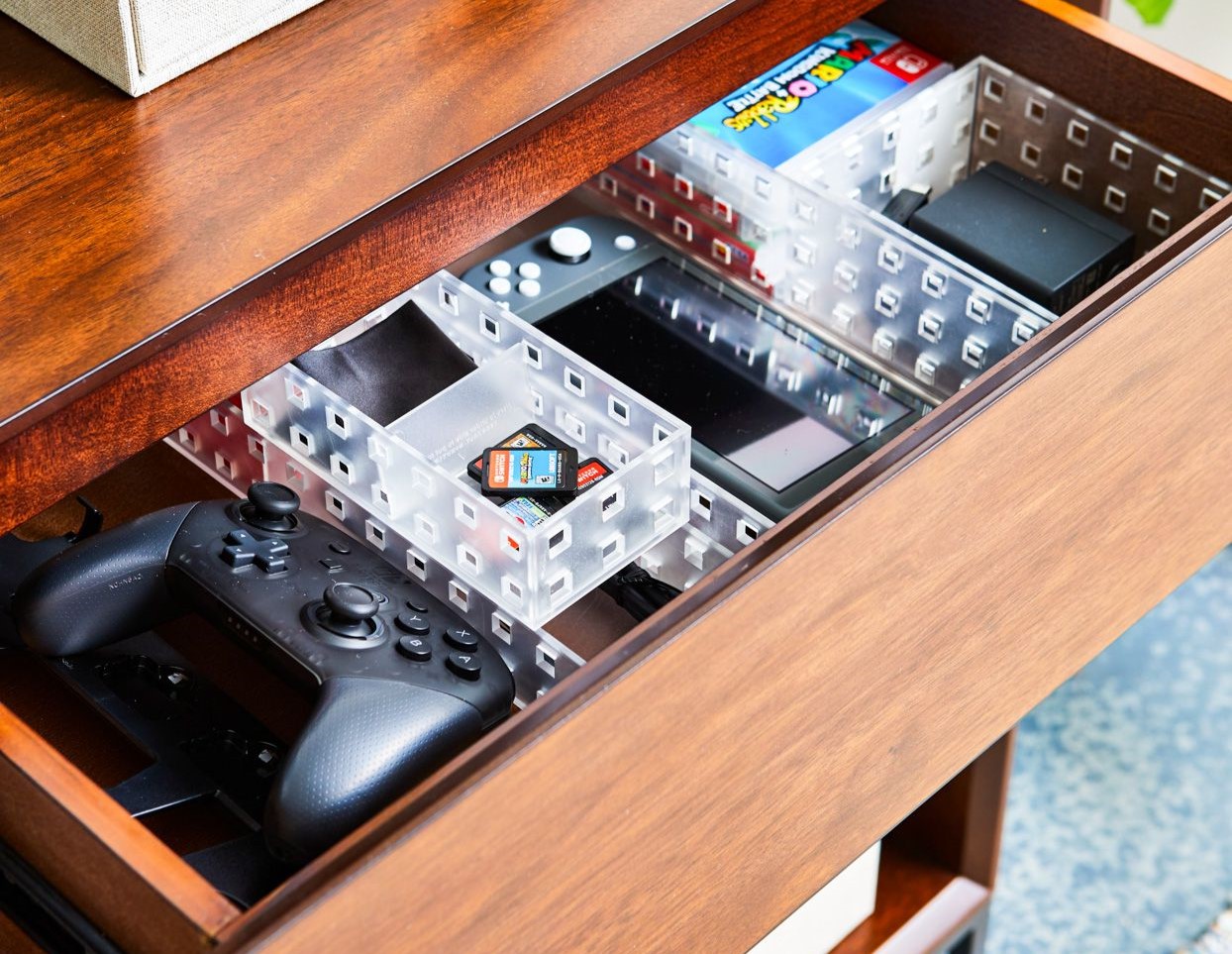

Articles
How To Store Electronics In Storage Unit
Modified: January 19, 2024
Learn effective strategies for safely storing your electronics in a storage unit. Read expert articles to ensure proper protection and organization of your valuable devices.
(Many of the links in this article redirect to a specific reviewed product. Your purchase of these products through affiliate links helps to generate commission for Storables.com, at no extra cost. Learn more)
Introduction
As technology continues to advance, many of us find ourselves with a surplus of electronic devices that we no longer need or want to keep at home. Whether you’re downsizing, moving, or simply in need of extra space, storing your electronics in a storage unit can be a great solution. However, it’s important to properly prepare and store your electronics to ensure they remain in good condition while in storage.
In this article, we’ll discuss the steps you need to take to store your electronics safely and effectively. From choosing the right storage unit to proper packaging and climate control considerations, we’ll cover everything to help you protect your electronic devices.
So let’s dive in and learn how to store electronics in a storage unit!
Key Takeaways:
- Properly preparing and storing electronic devices in a climate-controlled storage unit is crucial for maintaining their condition and functionality, ensuring they are safe, protected, and ready for use when needed.
- Regular maintenance, check-ups, and careful retrieval of electronic devices from storage are essential to ensure a seamless transition back to using the devices, maintaining their optimal condition and functionality.
Read more: How To Store Washer And Dryer
Choosing the Right Storage Unit
When it comes to storing your electronics, choosing the right storage unit is crucial. Here are a few factors to consider:
- Security: Look for a storage facility that offers advanced security measures such as surveillance cameras, access codes, and secure locks on individual units. This will help protect your electronics from theft or unauthorized access.
- Climate Control: Opt for a storage unit with climate control capabilities. Extreme temperatures and humidity can damage electronic devices. Climate-controlled units regulate temperature and humidity levels, providing a stable environment for your electronics.
- Size: Evaluate the size of your electronic items and choose a storage unit that can accommodate them comfortably. Avoid overcrowding the unit, as it can lead to accidental damage.
- Accessibility: Consider how frequently you’ll need access to your electronics. Choose a storage facility that offers convenient access hours and easy entry to the unit.
- Location: Select a storage facility that is in a convenient location for you. This will make it easier for you to transport your electronics to and from the unit.
Take the time to visit the storage facility and ask questions about their security measures, climate control systems, and any specific regulations they have regarding the storage of electronic devices. This will help you make an informed decision and ensure the safety of your electronics while in storage.
Preparing Electronics for Storage
Before you pack your electronics for storage, it’s important to properly prepare them to minimize the risk of damage during the storage period. Here are some steps to follow:
- Clean your electronics: Dust and dirt can accumulate on electronics, potentially causing damage over time. Wipe down your devices with a soft, lint-free cloth before packing them away.
- Remove batteries: Batteries, especially if left inside electronic devices for an extended period, can leak and cause corrosion. Remove the batteries from your electronics before storing them to prevent any damage.
- Organize cables: Take the time to untangle and organize the cables of your electronic devices. Use twist ties or cable organizers to keep them neat and prevent them from becoming tangled during storage.
- Back up data: If you have any data stored on your electronic devices, make sure to back it up before storing them. This will ensure that your important files, photos, and documents are safeguarded in case of any unforeseen circumstances.
- Remove ink cartridges: For printers or other devices that use ink cartridges, remove them before storing. Ink cartridges can dry out or leak if left unused for an extended period, potentially causing damage to the device.
By taking these steps to prepare your electronics for storage, you’ll minimize the risk of damage and ensure that your devices are in good condition when you retrieve them.
Cleaning and Organizing Cables
When it comes to storing electronics, one of the most important steps is to properly clean and organize the cables. Here are some tips to help you with this process:
- Untangle: Start by untangling any cables that are currently tangled or knotted. Be gentle and take your time to avoid damaging the cables.
- Label: Use small adhesive labels or masking tape to label each cable. This will make it easier for you to identify and reconnect them correctly when you retrieve your electronics from storage.
- Secure with twist ties or cable organizers: After labeling, secure each cable with twist ties or cable organizers to prevent them from getting tangled during storage.
- Wrap with cable sleeves: Consider using cable sleeves or zip ties to further organize and protect the cables. This will help keep them neat and prevent them from tangling with one another.
- Store cables separately: If possible, store the cables separately from the electronic devices. This will prevent any potential damage or pressure on the devices caused by the weight or movement of the cables.
By taking the time to clean and organize your cables before storing your electronics, you’ll save yourself the hassle of dealing with tangled messes and ensure that the cables are in good condition when you retrieve them.
Disconnecting and Removing Batteries
One important step in preparing electronics for storage is disconnecting and removing batteries. Here’s why and how you should do it:
Reasons to remove batteries:
- Prevent corrosion: Batteries, especially when left inside electronic devices for a long period, can leak and corrode the internal components, leading to irreversible damage.
- Longevity: Removing batteries ensures that they won’t drain power over time, preserving their lifespan and avoiding the risk of battery leakage.
- Safety: Some types of batteries, such as lithium-ion batteries, can pose a fire hazard if not properly stored or handled. Removing them reduces the risk of accidents.
How to remove batteries:
- Check the manual: Consult the user manual of your electronic device for instructions on how to safely remove the batteries.
- Power off the device: Make sure to turn off the electronic device before removing the batteries. This prevents any potential damage caused by sudden power loss.
- Open the battery compartment: Depending on the device, you may need to slide a latch, press a button, or unscrew a cover to access the battery compartment.
- Remove the batteries carefully: Use your fingers or a small tool (e.g., a screwdriver) to gently remove the batteries from their compartment. Take care not to exert unnecessary force or damage the battery contacts.
- Store batteries separately: If you plan to store the batteries, keep them in a cool, dry place, away from direct sunlight and other heat sources. It’s best to store them in their original packaging or in battery storage cases to prevent contact with any metal objects.
By disconnecting and removing batteries from your electronic devices before storage, you’ll help preserve the devices and reduce the risk of damage or malfunctions.
Read more: How To Store DVDs
Securing Fragile Items
When it comes to storing electronics, fragile items require extra care and attention. Whether you have delicate gadgets, glass screens, or sensitive components, here are some tips to help you secure fragile items:
- Use protective padding: Wrap your fragile items in soft materials such as bubble wrap, foam, or packing paper. This will provide cushioning and protect them from impacts or vibrations during storage.
- Separate and organize: Keep fragile items separate from each other and from heavier or bulkier electronics. This will minimize the risk of items shifting and potentially causing damage to one another.
- Choose appropriate storage containers: Opt for sturdy storage bins or boxes that are the right size for your fragile items. Make sure the containers have secure lids and are properly sealed to prevent dust or moisture from getting inside.
- Stack items carefully: If you need to stack fragile items, place heavier and sturdier items at the bottom to provide a stable base. Avoid excessive stacking, as it can increase the risk of damage to the items at the bottom.
- Label fragile items: Clearly label the boxes or containers containing fragile electronics to ensure they are handled with care during storage and when retrieved.
- Consider using anti-static bags: If you have sensitive electronic components, consider using anti-static bags to protect them from static electricity, which can cause damage.
By taking these precautions, you can safeguard your fragile electronics and minimize the risk of damage during storage. Remember to handle them with care when placing them in the storage unit and when retrieving them in the future.
Labelling and Packaging Electronics
Labelling and packaging your electronics properly is essential for easy identification and protection during storage. Here’s how to effectively label and package your electronic devices:
- Use clear and descriptive labels: Clearly label each box or container with the contents inside. Make sure to include the names of the electronic devices and any relevant details such as model numbers or serial numbers. This will make it easier to find specific items when you need them.
- Indicate special handling instructions: If any of your electronics require specific handling instructions, such as “handle with care” or “keep upright,” make sure to label the boxes accordingly. This will help prevent accidental damage during storage.
- Package devices in their original boxes: Whenever possible, pack your electronics in their original packaging. The original boxes are designed to provide the best protection, as they often have foam inserts or custom compartments to prevent movement and absorb shocks.
- Wrap devices in protective materials: For electronics that don’t have their original packaging, wrap them in bubble wrap or anti-static packaging material to protect them from scratches, dust, and static electricity.
- Secure loose cables and accessories: Keep cables, adapters, and accessories together by placing them in resealable bags or small storage containers. Attach the bags or containers to the corresponding electronic devices or label them separately for easy retrieval.
- Fill empty spaces: When placing electronic devices inside boxes or containers, fill any empty spaces with packing material like bubble wrap or foam peanuts. This will prevent items from shifting during transport or storage.
- Seal containers properly: Make sure to seal all boxes or containers securely using packing tape. This will prevent dust, pests, and moisture from entering and potentially damaging your electronics.
Remember, proper labelling and packaging help protect your electronics and make it easier to locate and retrieve specific items from your storage unit.
Storing Electronic Devices Properly
Properly storing electronic devices is crucial to ensuring their longevity and functionality. Here are some important guidelines to follow when storing your electronic devices:
- Choose an appropriate storage area: Select a clean, dry, and secure area within your storage unit to store your electronic devices. Ensure that the storage area is free from excessive dust, moisture, and direct sunlight.
- Avoid placing heavy items on top: Avoid stacking heavy items on top of delicate electronic devices, as this can cause damage to the devices beneath.
- Keep devices off the ground: Whenever possible, elevate electronic devices off the ground using pallets or shelves to protect them from potential moisture and dust on the floor.
- Do not overcrowd: Allow for sufficient space around each device to prevent accidental damage when retrieving or rearranging items in the storage unit.
- Store devices in an upright position: Whenever possible, store electronic devices in an upright position to avoid placing excessive pressure on delicate components.
- Separate devices with soft padding: If you have multiple devices stored together, place soft padding, such as foam or cloth, between them to prevent any potential scratching or rubbing.
- Protect sensitive screens: If you have electronics with sensitive screens, such as laptops or monitors, consider placing a microfiber cloth or screen protector over the screen to prevent scratches.
- Avoid extreme temperatures: Extreme heat or cold can damage electronic devices. Ensure that your storage unit maintains a moderate and stable temperature to protect your devices from potential damage.
- Regularly inspect and clean: Make it a habit to regularly inspect and clean your storage area and electronic devices. Look for any signs of pests, dust accumulation, or moisture, and address them promptly.
By following these guidelines, you’ll ensure that your electronic devices are stored properly, minimizing the risk of damage and maximizing their lifespan while in storage.
When storing electronics in a storage unit, be sure to wrap them in anti-static bubble wrap or foam to protect them from static electricity and cushion them from any potential impacts.
Climate Control and Temperature Considerations
Proper climate control is vital when storing electronics to prevent damage caused by extreme temperatures and fluctuations in humidity. Here are some important considerations:
Climate-controlled storage unit:
- Temperature regulation: Choose a storage unit that offers climate control, allowing you to maintain a consistent temperature throughout the year. Electronics are sensitive to extreme heat or cold, so a controlled environment is crucial to their preservation.
- Humidity control: In addition to temperature, humidity levels should also be regulated. High humidity can lead to condensation and moisture buildup, potentially causing corrosion and damage to electronic components.
- Avoid non-climate-controlled units: Standard storage units that are not climate-controlled can experience temperature fluctuations and high humidity levels, posing a risk to sensitive electronic devices.
Temperature considerations:
- Avoid extreme heat: High temperatures can damage electronic devices, causing components to warp, batteries to overheat, and screens to malfunction. Ideally, the storage unit temperature should be between 50-80 degrees Fahrenheit (10-27 degrees Celsius).
- Prevent extreme cold: Freezing temperatures can cause damage to electronic devices, particularly if there are batteries inside. Avoid storing electronics in areas that can experience sub-zero temperatures.
Humidity considerations:
- Control moisture: Excess humidity can lead to mold growth, corrosion, and even short-circuits in electronic devices. A humidity level between 30-50% is recommended for proper storage.
- Use silica gel packets: Place silica gel packets inside your storage containers or boxes to help absorb excess moisture and maintain a dry environment. These packets can be found at hardware or craft stores.
- Consider dehumidifiers: In areas with high humidity, using a dehumidifier in your storage unit can help control moisture levels and prevent damage to your electronic devices.
By opting for a climate-controlled storage unit and considering temperature and humidity factors, you can protect your electronic devices from the damaging effects of extreme weather conditions and ensure their longevity.
Read more: How To Store 1000 DVDs
Avoiding Moisture and Humidity Damage
Moisture and humidity can be detrimental to electronic devices, leading to corrosion, mold growth, and electrical malfunctions. Here are some important steps to take to protect your electronics from moisture and humidity damage:
- Choose a dry storage environment: Select a storage unit that is dry and well-ventilated. Avoid areas that are prone to leaks or excessive moisture, such as basements or areas near plumbing.
- Inspect for leaks: Before storing your electronics, thoroughly inspect the storage unit for any signs of water leaks or moisture buildup. If you find any issues, contact the storage facility management to address the problem.
- Use moisture-absorbing products: Place desiccant packs or moisture-absorbing products such as silica gel packets inside your storage containers or boxes. These products help absorb excess moisture and maintain a dry environment around your electronics.
- Seal containers tightly: Ensure that all containers or boxes are tightly sealed with appropriate packing tape or seals to prevent moisture from entering.
- Avoid plastic storage bags: While plastic bags might seem convenient, they can trap moisture and lead to condensation. Opt for storage containers that provide a better seal and protection against moisture.
- Regularly check for moisture: Make it a habit to check your storage unit regularly for any signs of moisture or humidity. Look for condensation, mold growth, or musty odors. Immediately address any issues to prevent further damage to your electronics.
- Use humidity control devices: Consider using dehumidifiers or moisture-absorbing crystals specifically designed for storage units. These devices can help maintain optimal humidity levels and prevent moisture-related damage.
- Avoid direct contact with the floor: Elevate your electronic devices off the ground using pallets, shelves, or other storage furniture to minimize the risk of moisture seeping in from the floor.
By taking these precautions, you can greatly reduce the risk of moisture and humidity damage to your electronic devices, keeping them in optimal condition during storage.
Proper Placement of Electronics
When it comes to storing your electronics, proper placement is crucial to ensure their safety and longevity. Here are some guidelines for placing your electronic devices in the storage unit:
- Avoid placing heavy items on top: Do not stack heavy or bulky items on top of your delicate electronic devices. The weight and pressure can cause damage or distortion to the devices beneath.
- Place fragile items on top: If you have fragile electronics, such as flat-screen televisions or monitors, it’s best to place them on top of other items to minimize the risk of them being crushed or damaged.
- Arrange devices in an organized manner: Organize your electronic devices in a way that allows for easy access and retrieval. Place similar items together and consider labelling or creating an inventory list to keep track of what’s stored where.
- Utilize shelves or storage furniture: If possible, use shelves or storage furniture designed for electronics to keep your devices off the ground and provide proper support. This helps prevent accidental damage from moisture or sudden impacts.
- Keep cables organized: Bundle and secure cables using twist ties or cable organizers. Place them alongside or attached to the corresponding electronic devices to avoid tangles and confusion when retrieving items.
- Separate devices with padding: Use soft padding, like foam or cloth, to separate electronic devices from each other. This helps prevent scratches and damage caused by direct contact or friction during storage.
- Consider upright positioning: Whenever possible, store electronic devices in an upright position. This helps distribute weight evenly and reduces the risk of components shifting or becoming misaligned.
- Leave space for ventilation: If you’re storing devices that generate heat, such as gaming consoles or amplifiers, leave some space around them to allow for proper ventilation. This helps prevent overheating and potential damage caused by inadequate airflow.
By following these guidelines, you can ensure that your electronic devices are properly placed and protected in the storage unit, reducing the risk of damage and maintaining their functionality when you need to retrieve them.
Utilizing Storage Furniture and Shelving
When storing your electronics, using proper storage furniture and shelving can make a significant difference in keeping your devices organized, safe, and easily accessible. Here are some tips for utilizing storage furniture and shelving effectively:
- Invest in storage cabinets or shelves: Consider acquiring storage cabinets or shelves specifically designed for electronics. These pieces of furniture often come with adjustable shelves and built-in cable management systems to keep your devices organized.
- Choose sturdy and stable options: Opt for storage furniture that is sturdy and stable to safely support the weight of your electronic devices. Avoid flimsy shelves or furniture that may collapse under the weight.
- Measure your devices and space: Before purchasing storage furniture or shelving, measure the dimensions of your electronic devices and the available space in your storage unit. This ensures that the furniture will accommodate your devices properly.
- Utilize vertical space: If you have limited floor space, maximize storage by utilizing vertical space. Install wall-mounted shelves to hold smaller electronics or use tall storage cabinets with adjustable shelves to accommodate various device sizes.
- Consider lockable storage: To enhance the security of your electronics, look for storage furniture or cabinets with lockable doors. This adds an extra layer of protection against theft or unauthorized access.
- Label shelves and compartments: Place labels on the shelves or compartments of your storage furniture to indicate which devices or categories of electronics are stored in each. This makes it easier to find and retrieve items when needed.
- Separate devices with dividers: Use dividers or bins within your storage furniture to create separate compartments for each device or group of devices. This helps prevent them from sliding or colliding with each other, reducing the risk of damage.
- Arrange devices based on frequency of use: Organize your devices within the storage furniture based on how frequently you anticipate needing them. Place frequently used devices in easily accessible areas, while storing less frequently used devices at the back or higher shelves.
- Utilize cable management solutions: Incorporate cable management solutions such as cable clips, cable ties, or cable sleeves to keep cables organized and prevent them from tangling. This helps maintain a neater and more manageable storage space.
By utilizing storage furniture and shelving effectively, you can optimize space, enhance organization, and provide a secure and convenient storage solution for your electronic devices.
Tips for Long-Term Storage
If you’re planning to store your electronics for an extended period, there are some additional considerations to ensure their preservation and functionality. Here are some tips for long-term storage:
- Perform a thorough cleaning: Before storing your devices, ensure they are clean and free from dust and dirt. Use a soft, lint-free cloth to gently wipe down the surfaces.
- Remove batteries: As mentioned earlier, remove batteries from electronic devices to prevent leakage, corrosion, and potential damage over time.
- Consider backup storage: Make sure to back up any important data from your electronic devices, such as photos, documents, or music, before storing them. This ensures that you have a backup in case of any unexpected data loss.
- Keep devices in their original packaging: If possible, store your electronic devices in their original packaging. The packaging is designed to provide optimal protection and cushioning during long-term storage.
- Regularly inspect and clean: Periodically visit your storage unit to inspect and clean your electronic devices. Look for any signs of pests, dust accumulation, or moisture damage. Take necessary actions promptly to prevent further damage.
- Avoid exposure to sunlight: Sunlight can cause discoloration, warping, and overheating of electronic devices. Place them away from windows or cover them with a light-blocking material to protect them from direct sunlight.
- Protect against power surges: If you live in an area prone to power surges or electrical disruptions, consider using surge protectors or unplugging your devices to protect them from potential damage.
- Consider insurance: Check with your storage facility or insurance provider to see if your electronics are covered by insurance. This can provide an added layer of protection and peace of mind.
- Keep records and documentation: Maintain records of the electronic devices you’ve stored, including serial numbers, models, and purchase receipts. This documentation can be helpful for insurance claims or warranty purposes.
By following these tips for long-term storage, you can help ensure that your electronic devices remain in good condition and are ready for use when you retrieve them from storage.
Read more: How To Store Energy
Regular Maintenance and Check-Ups
Even when your electronic devices are in storage, it’s important to perform regular maintenance and check-ups to ensure they remain in optimal condition. Here are some maintenance tasks to consider:
- Inspect for dust and clean: Dust can accumulate over time, even in storage. Periodically inspect your electronic devices for dust build-up and use a soft, lint-free cloth to gently clean them.
- Check for pests: Pests such as insects or rodents can cause damage to your electronics. Regularly inspect your storage unit for any signs of pests and take necessary measures to address the issue promptly.
- Power on and off: Occasionally power on your electronic devices to ensure they still function properly. This allows you to check for any potential issues or malfunctions that may have occurred during storage.
- Check for signs of corrosion: Inspect the battery compartments and any exposed metal contacts for signs of corrosion. Corrosion can occur over time, especially in high humidity environments, and may affect the functionality of your devices.
- Test connectivity: If your electronic devices have Wi-Fi, Bluetooth, or other connectivity features, test their connectivity periodically to ensure they are still functioning properly.
- Review and update software: If applicable, review and update the software of your electronic devices to ensure they have the latest security patches and bug fixes. This helps protect against potential vulnerabilities.
- Rotate stored devices: If you have multiple electronic devices in storage, consider rotating them occasionally. This prevents any single device from being idle for too long and helps prolong their life.
- Inspect cables and connectors: Check cables and connectors for any signs of damage, fraying, or corrosion. Replace any cables that appear worn out or damaged to ensure proper connectivity and prevent potential electrical issues.
- Keep up-to-date records: Maintain a log or documentation of the maintenance tasks you perform and the condition of your electronic devices. This serves as a reference and helps you track any changes or potential issues over time.
By regularly performing maintenance tasks and check-ups on your stored electronic devices, you can catch any issues early on and ensure they remain in good working order until you are ready to use them again.
Retrieving Electronics from Storage
When the time comes to retrieve your electronic devices from storage, it’s important to take certain steps to ensure a smooth and successful retrieval process. Here are some tips to help you retrieve your electronics effectively:
- Plan ahead: Before visiting the storage unit, make a list of the specific electronic devices you need to retrieve. This will help you stay organized and avoid unnecessary searching.
- Bring necessary tools: Depending on the devices and their packaging, you may need tools such as scissors, a screwdriver, or a box cutter to open boxes or remove packaging materials.
- Handle with care: When retrieving your electronic devices, handle them with care to avoid accidental dropping or mishandling. Be mindful of fragile components and sensitive screens.
- Inspect for damage: Upon retrieval, inspect your electronic devices for any signs of damage or changes in their condition. Check for scratches, cracks, or any other issues that may have occurred during storage.
- Check functionality: Power on your electronic devices and check their functionality. Test key features and ensure they are in good working order. If you encounter any issues, troubleshoot or seek professional assistance if needed.
- Reconnect cables and accessories: Reconnect cables and accessories to your electronic devices as necessary. Ensure that all connections are secure and functioning properly.
- Dispose of packaging materials: Properly discard any packaging materials such as boxes, bubble wrap, or foam padding. Recycle or dispose of them responsibly.
- Store excess packaging: If you plan to store your electronics again in the future, carefully store and label any reusable packaging materials to protect your devices during future storage periods.
- Update software and settings: If applicable, update the software and settings of your electronic devices to ensure they are up to date and functioning optimally. This may include installing software updates or adjusting settings as needed.
By following these tips when retrieving your electronics from storage, you can ensure a seamless and successful transition back to using your devices.
Conclusion
Properly storing your electronic devices in a storage unit is essential for maintaining their condition and functionality. By following the steps and tips outlined in this article, you can ensure that your electronics remain safe, protected, and ready for use when you need them again.
Start by choosing a storage unit that offers the right security measures and climate control capabilities. Prepare your electronics for storage by cleaning them, disconnecting and removing batteries, and organizing cables. Take extra precautions with fragile items, securing them with protective padding and separating them from heavier items. Proper labelling and packaging will help you easily identify and retrieve your electronics when needed. Store your devices in a suitable and well-organized manner, considering factors such as temperature, humidity, and ventilation.
Additionally, regular maintenance and check-ups are essential even during the storage period. Inspect for dust and pests, power on devices periodically, and check for signs of corrosion. Utilizing storage furniture and shelving can enhance organization and protection. When the time comes to retrieve your electronics, handle them with care, inspect for damage, and reconnect cables and accessories properly.
Remember, each electronic device may have unique storage requirements, so it’s important to consult the user manual and manufacturer’s guidelines for specific instructions. By following these steps and maintaining proper storage practices, you can ensure that your electronic devices remain in excellent condition and are ready for use whenever you retrieve them from storage.
Frequently Asked Questions about How To Store Electronics In Storage Unit
Was this page helpful?
At Storables.com, we guarantee accurate and reliable information. Our content, validated by Expert Board Contributors, is crafted following stringent Editorial Policies. We're committed to providing you with well-researched, expert-backed insights for all your informational needs.
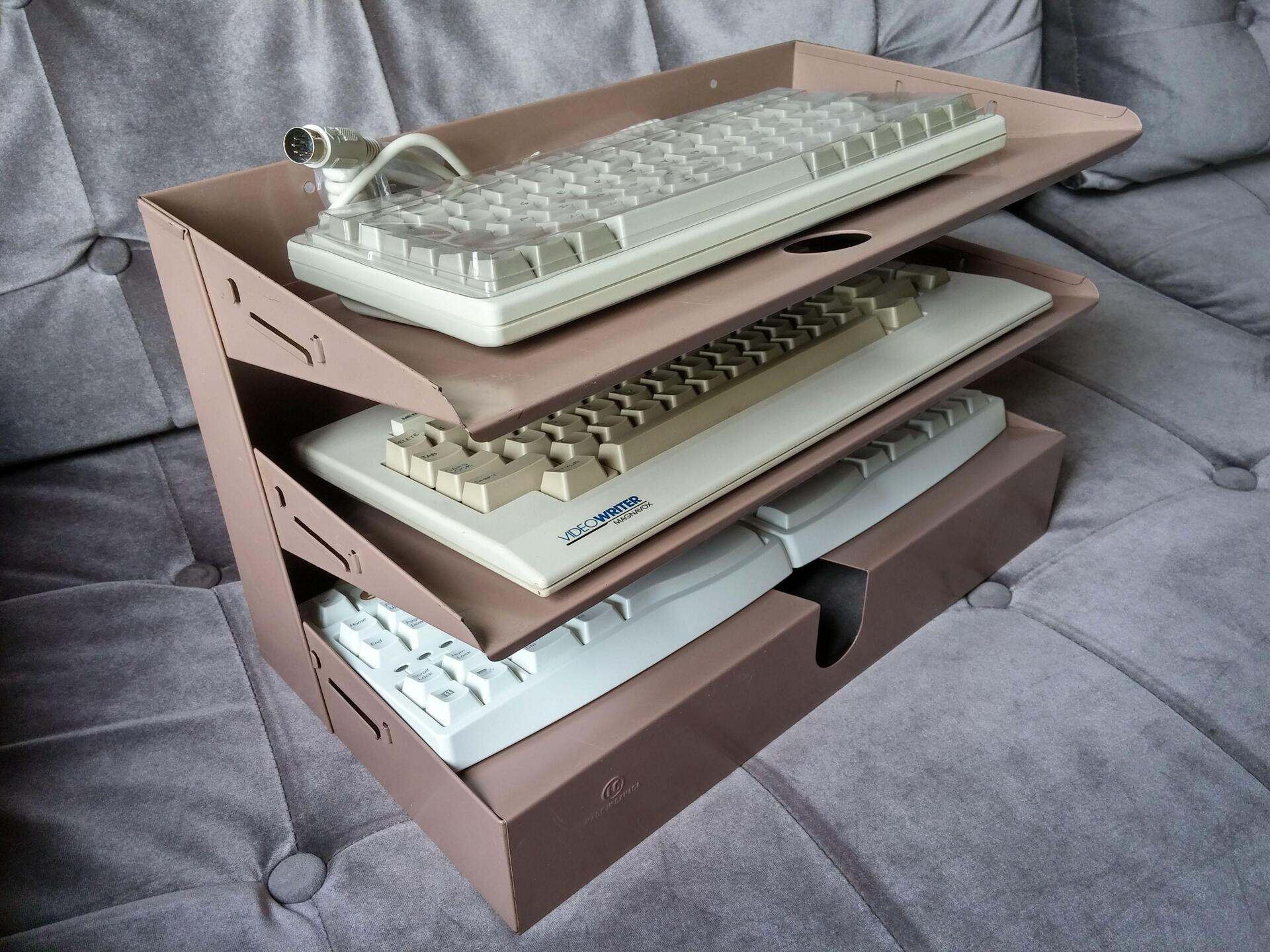
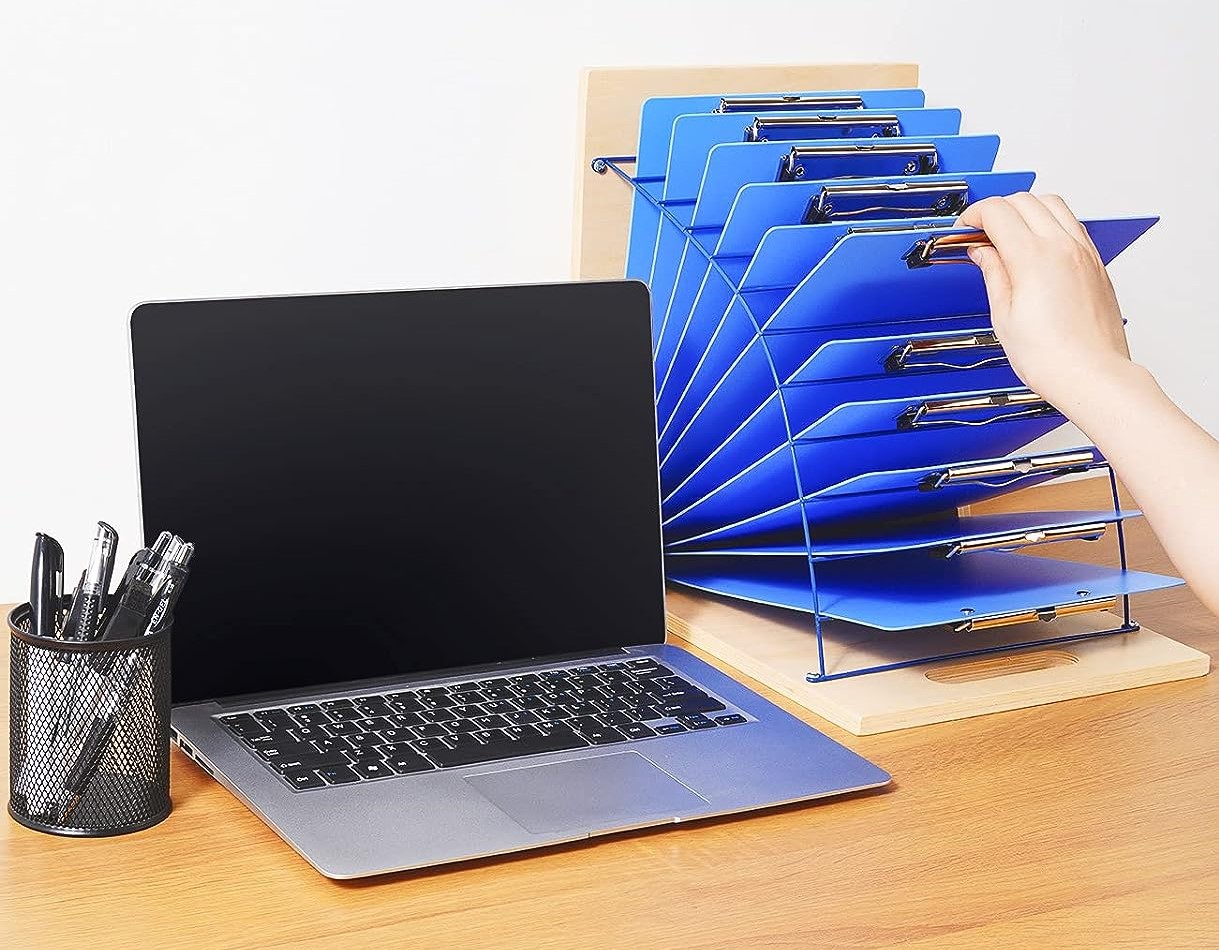
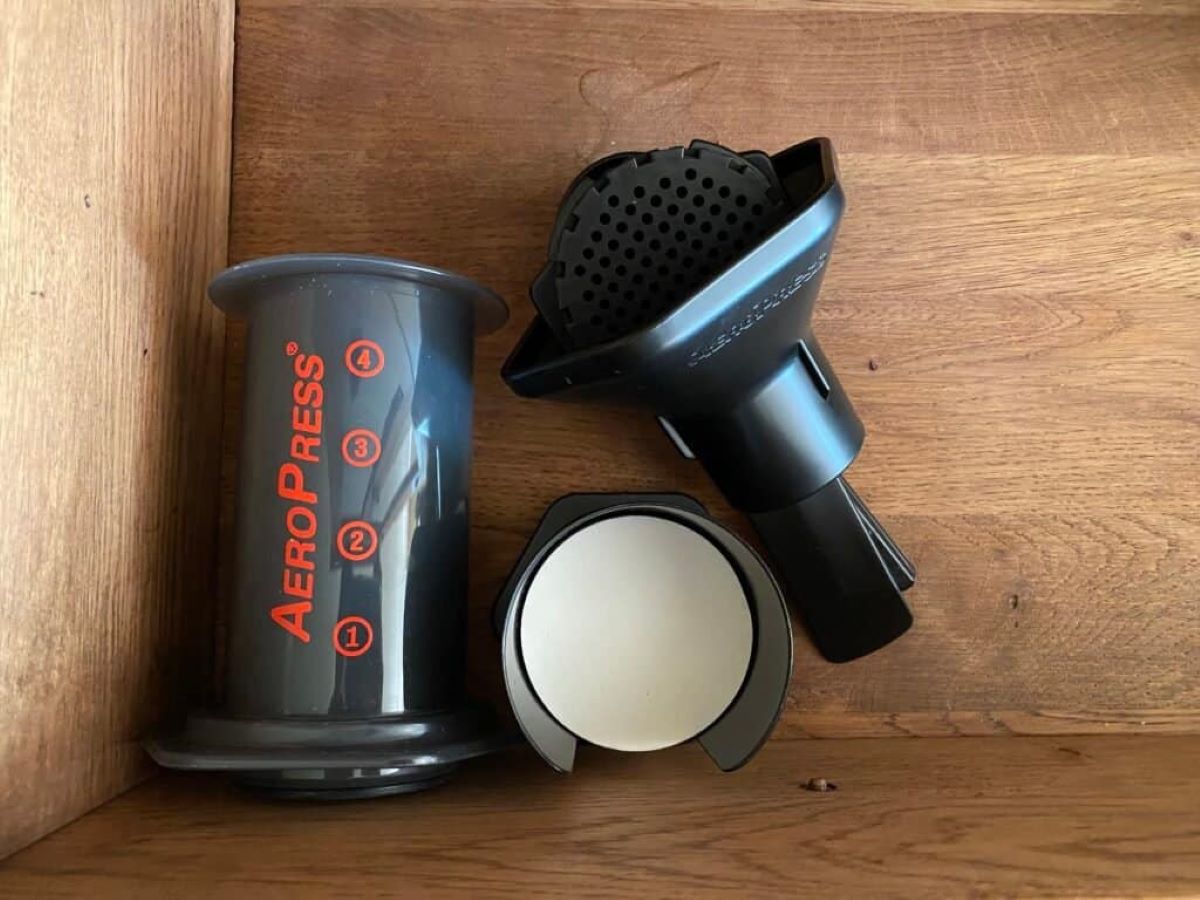
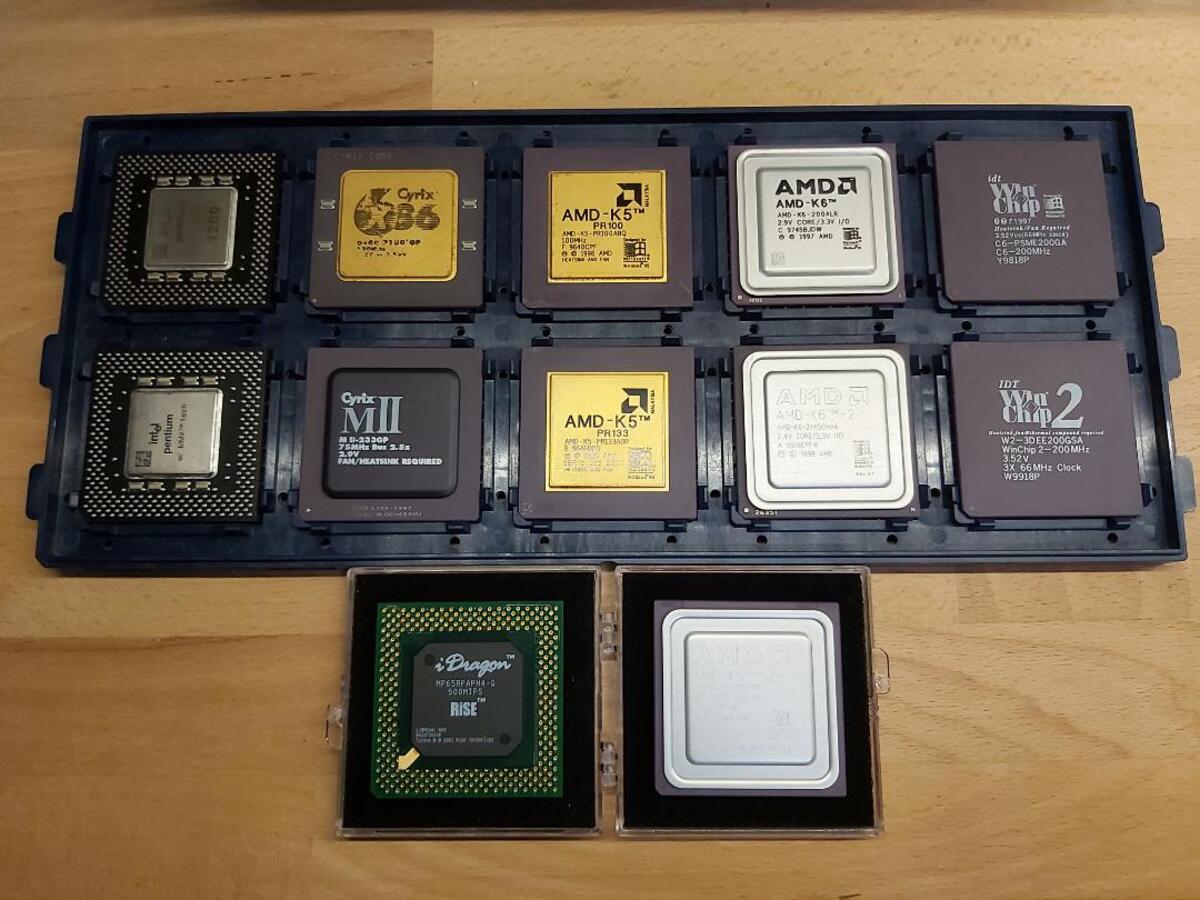
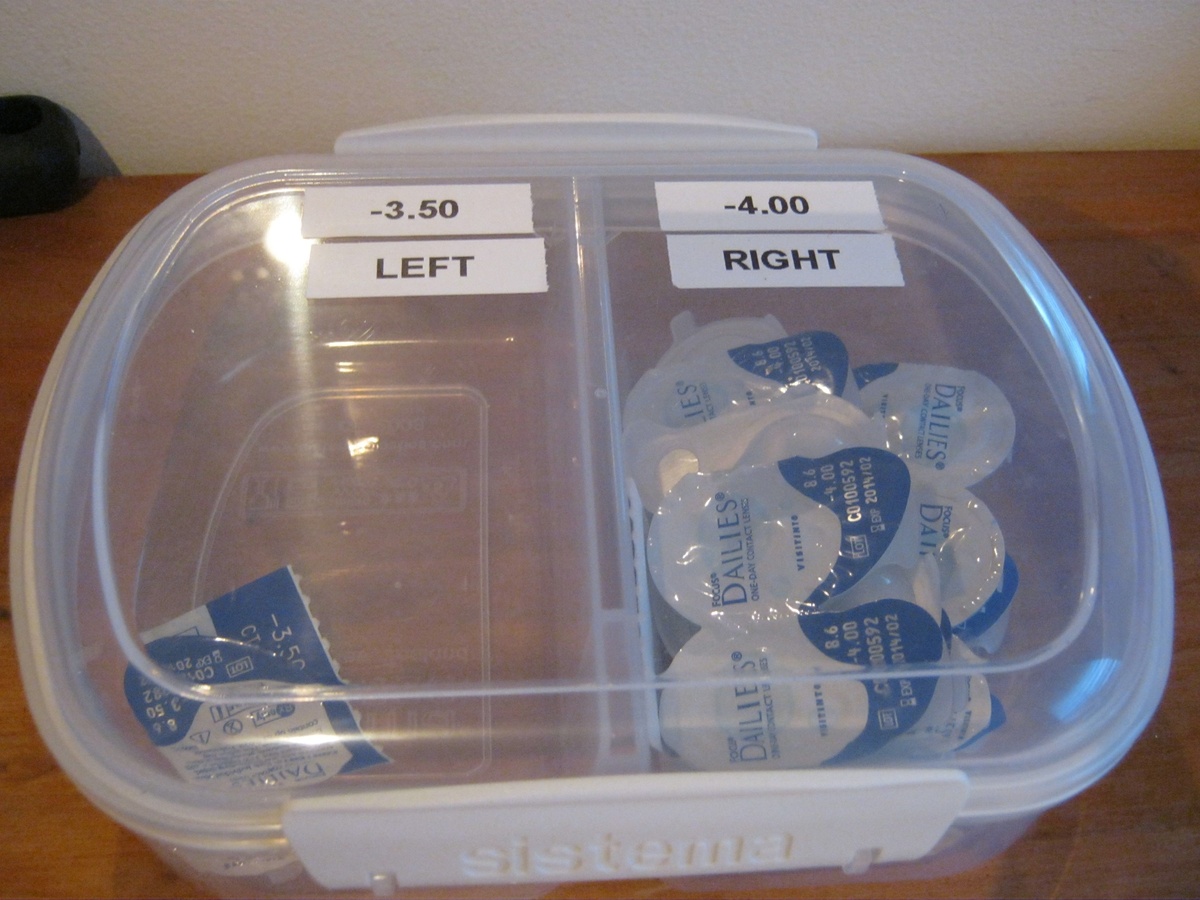
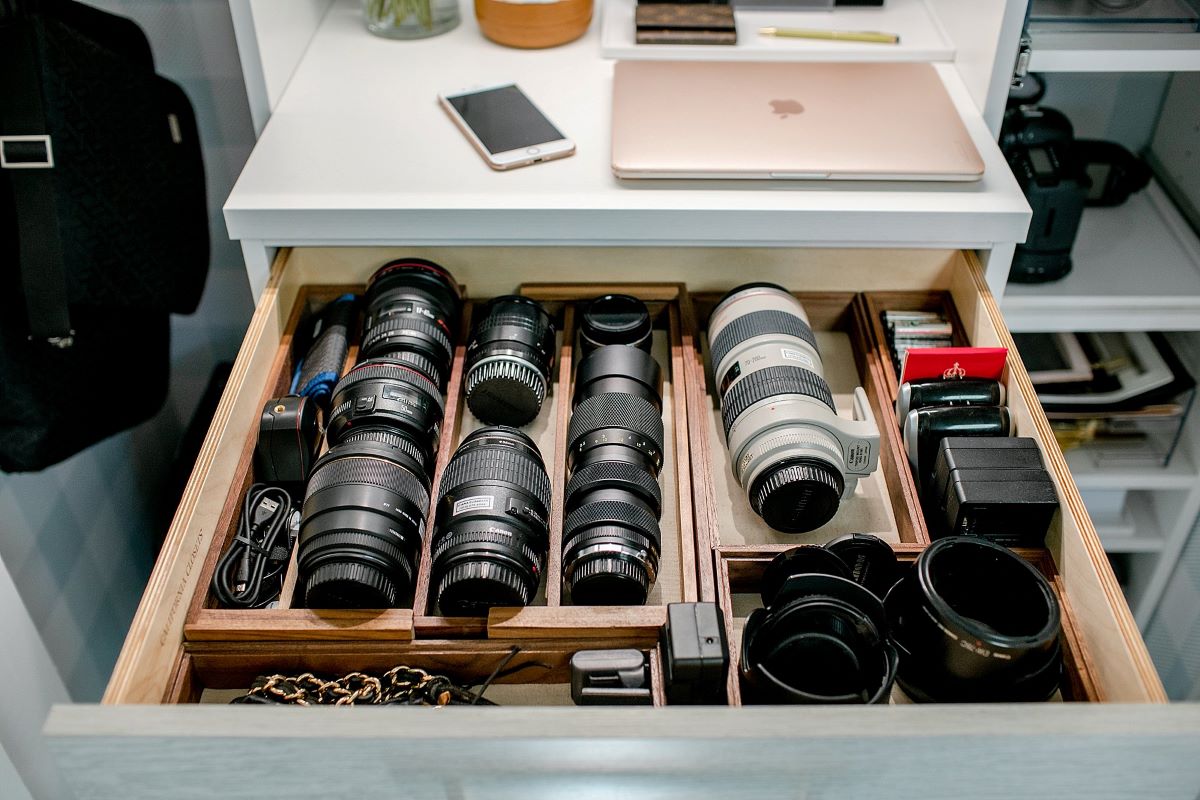
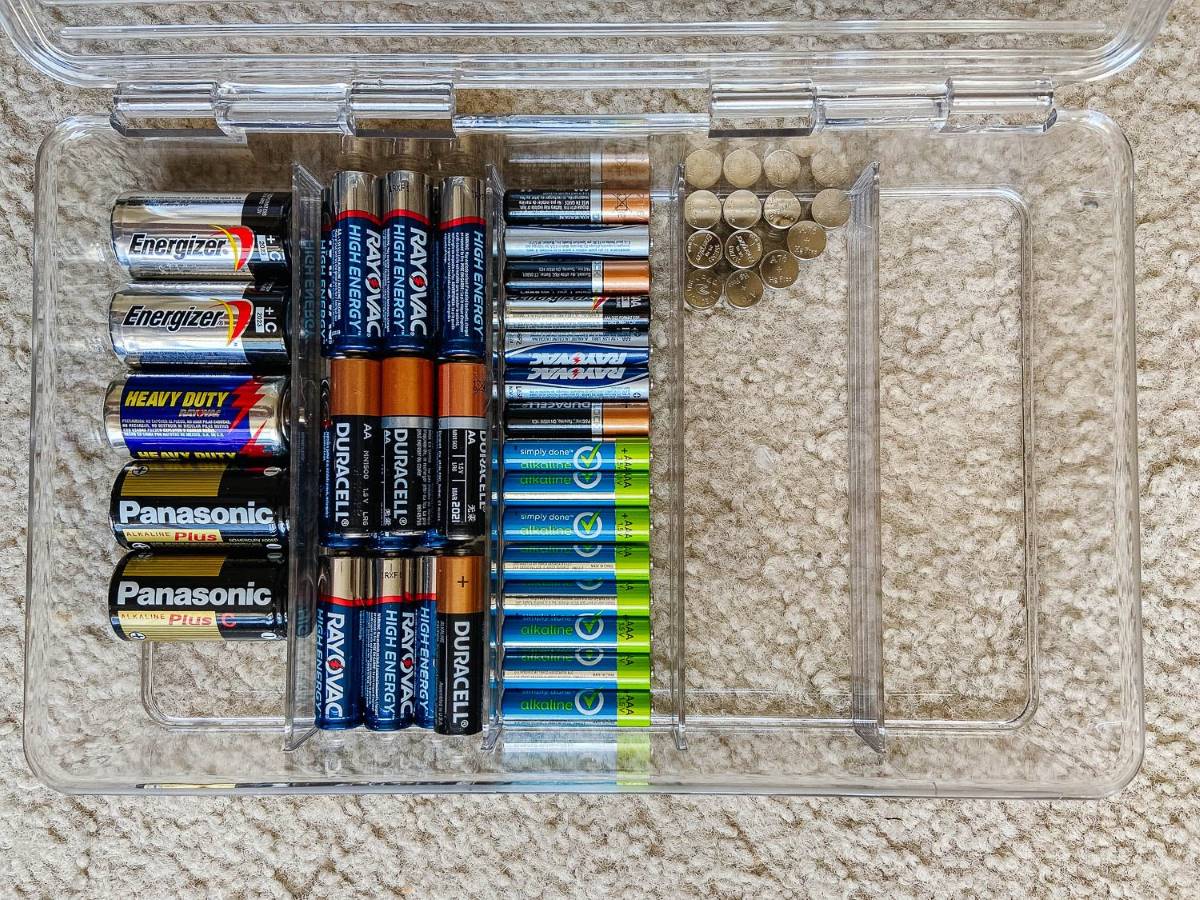
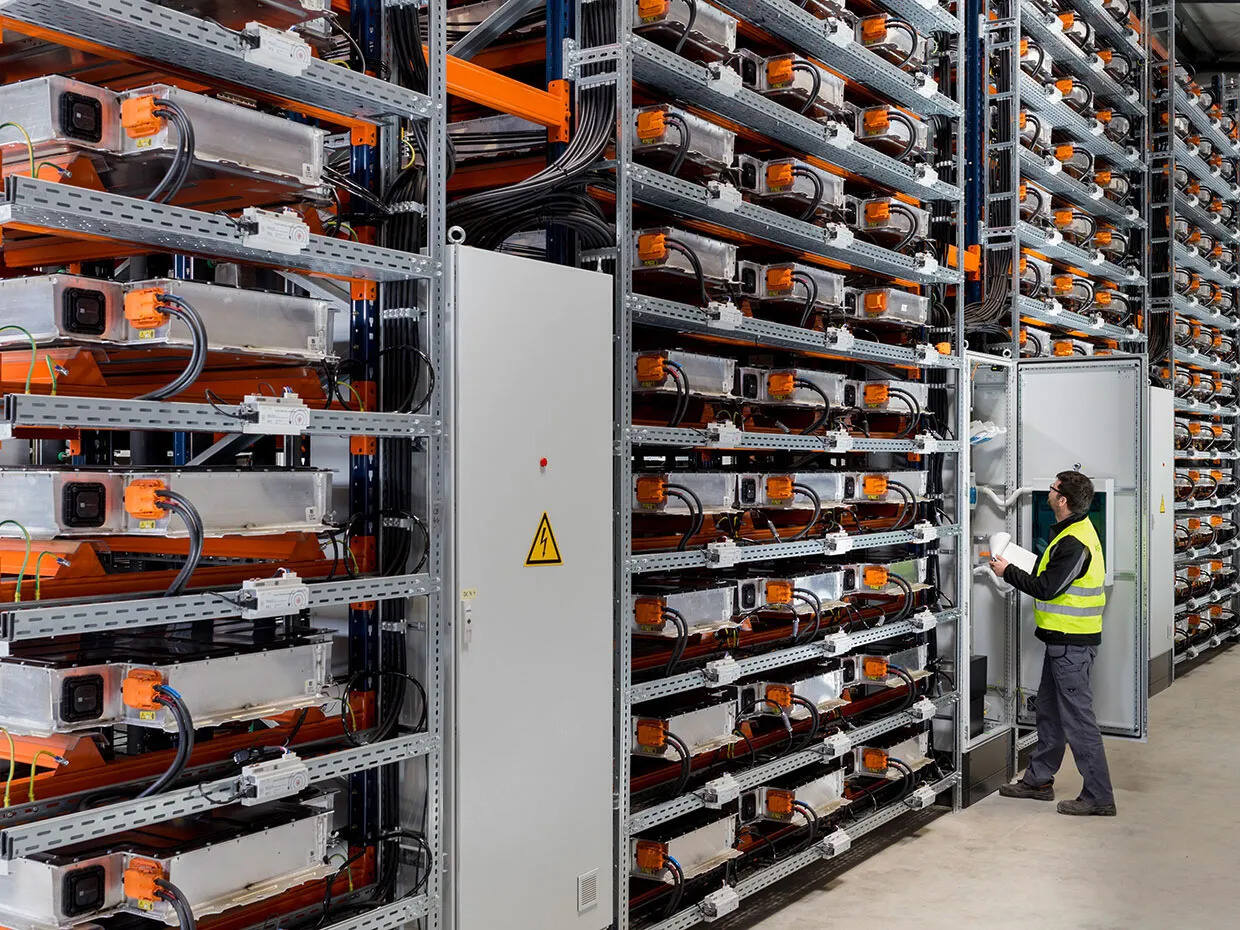
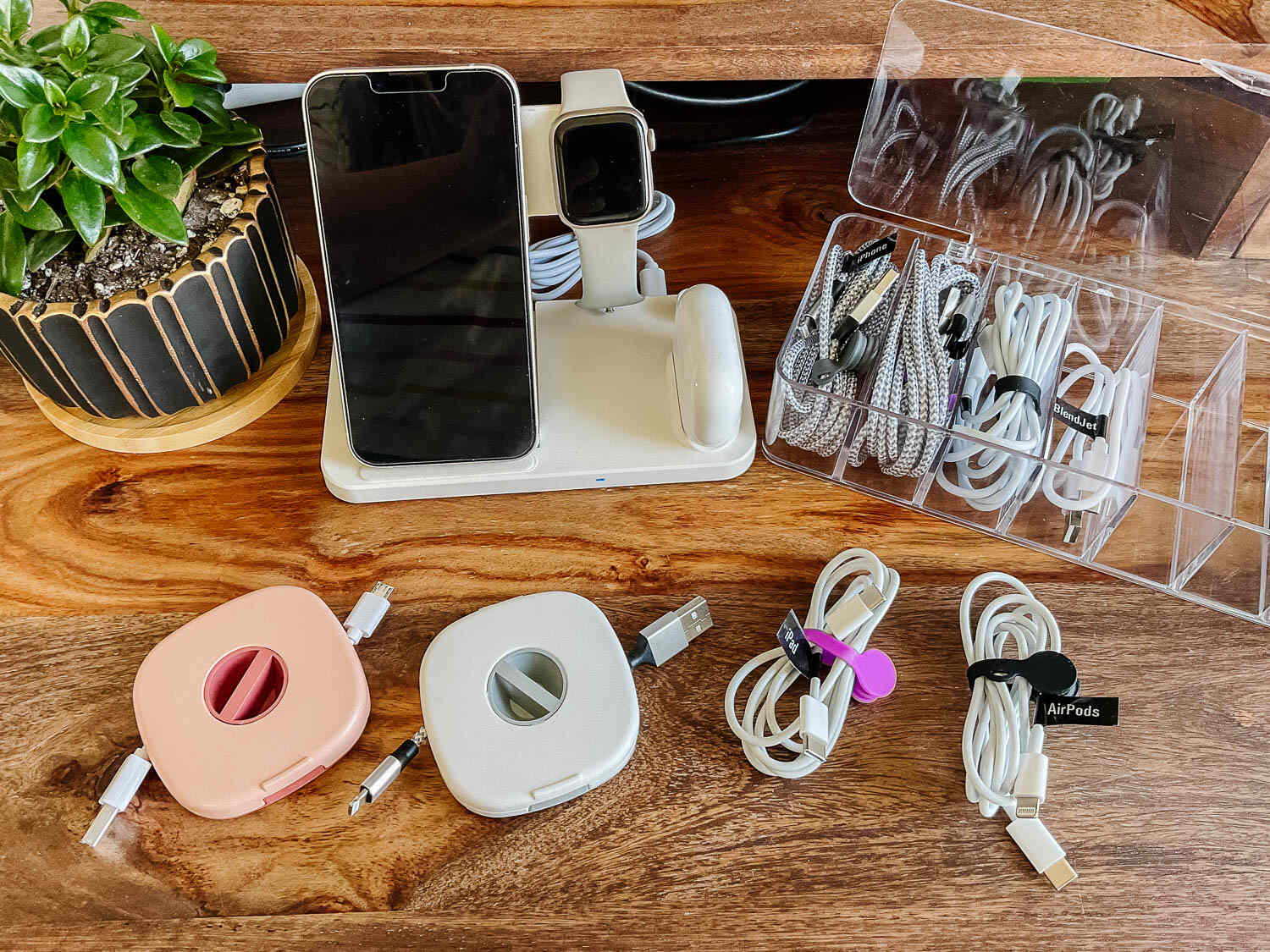
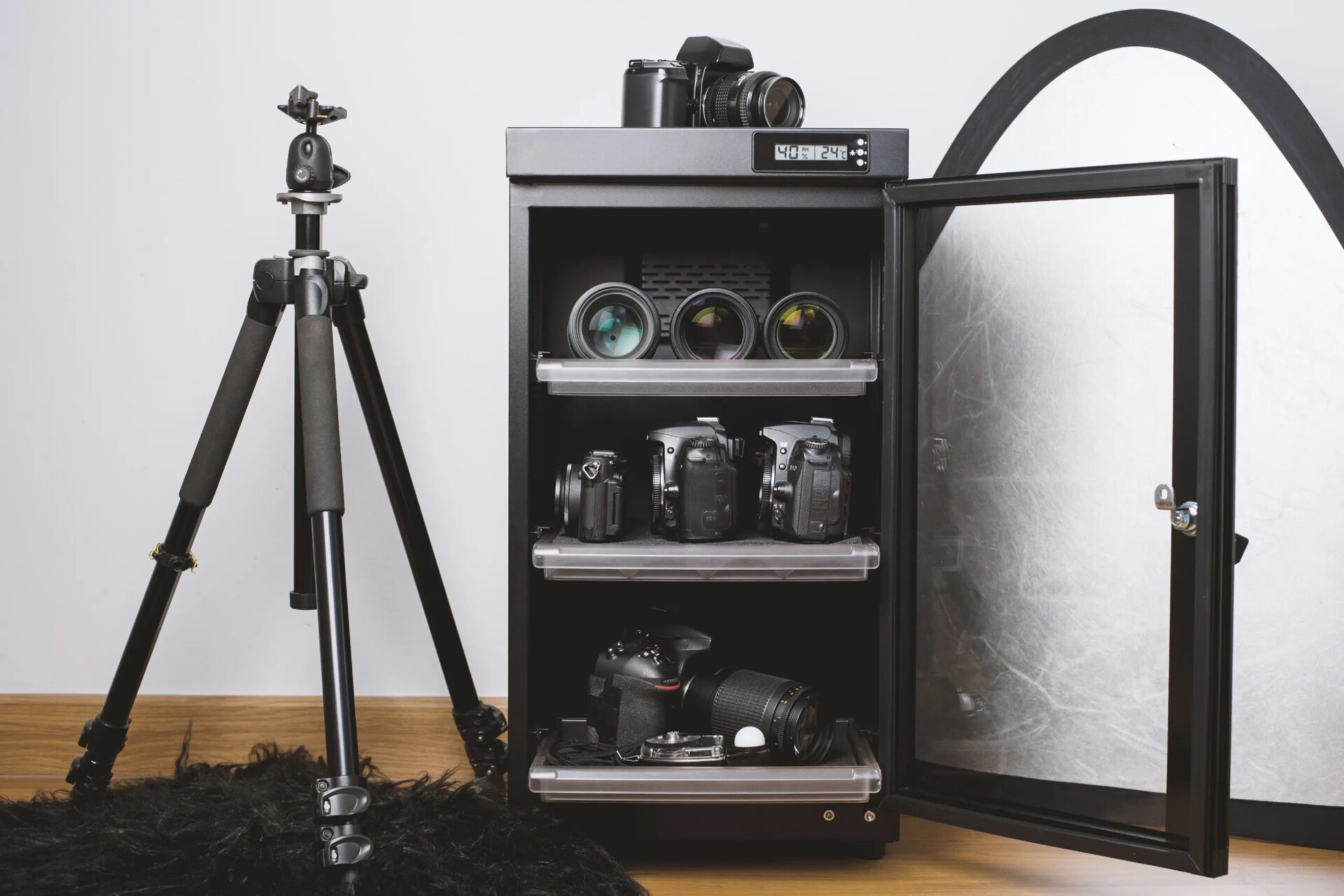
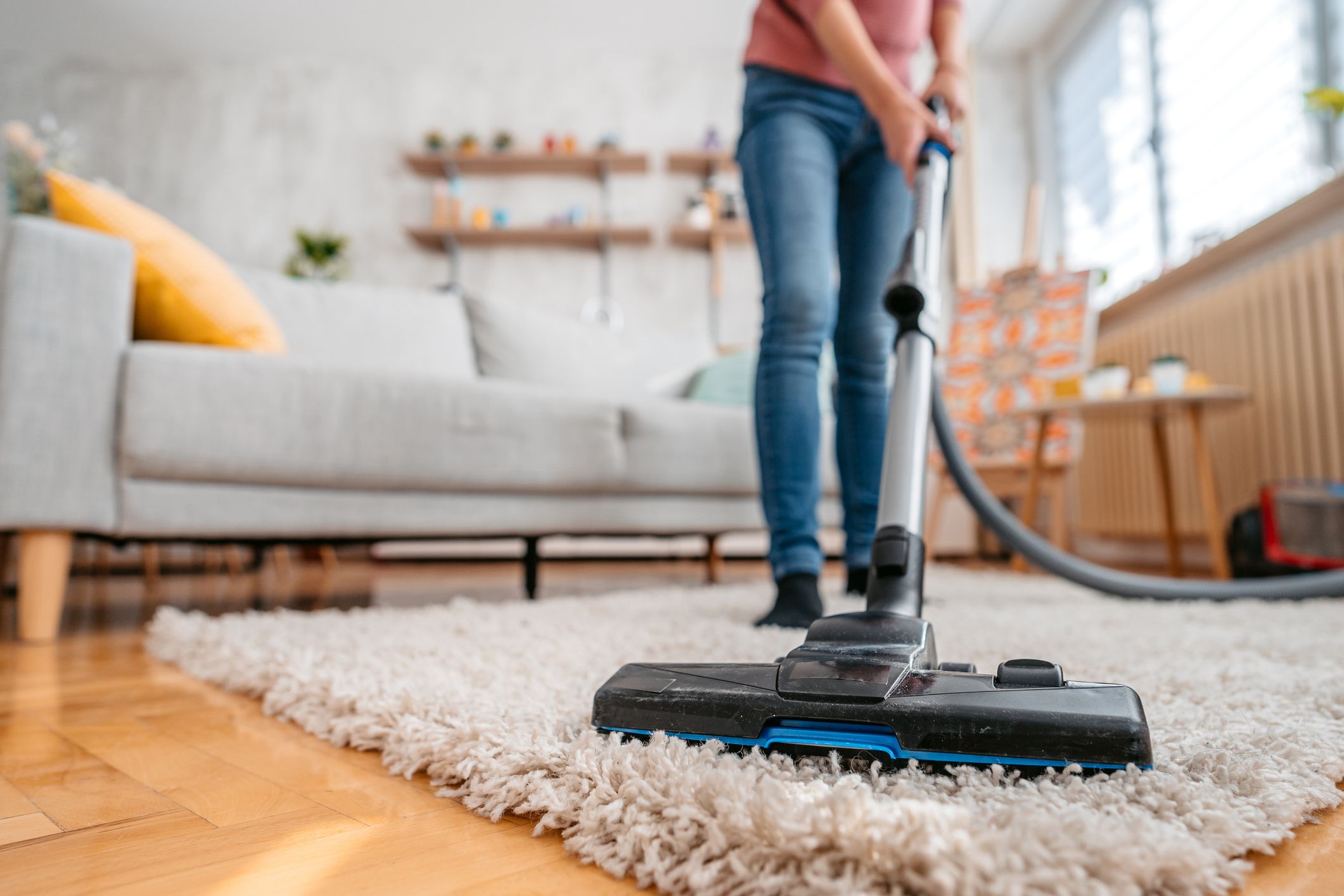


0 thoughts on “How To Store Electronics In Storage Unit”